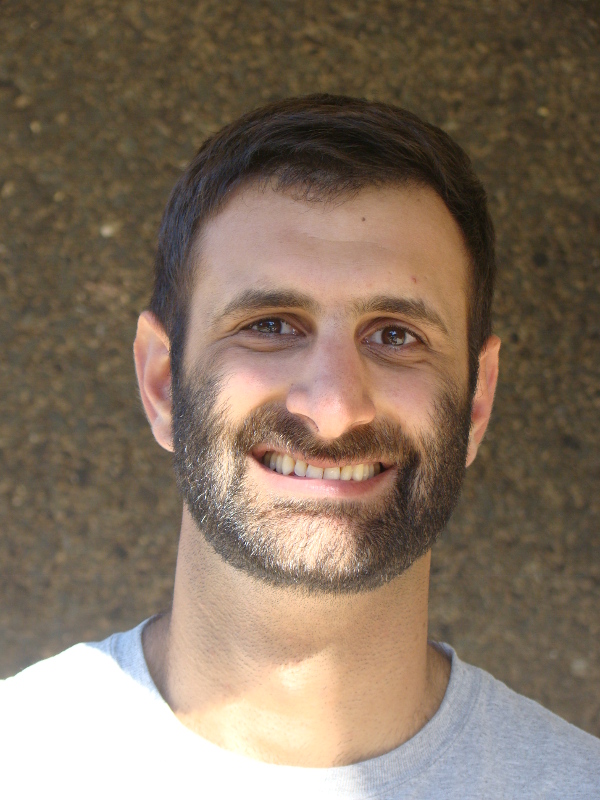
Abstract
Group-III nitrides are the key materials for light-emitting diodes in the blue part of the visible spectrum, which are the basis for high-efficiency solid-state general lighting. A large research effort is aimed at extending this success to the green and the yellow range, where nitride LEDs are significantly less efficient. Though it has been noted that the efficiency of III-nitride devices may be limited by Shockley-Read-Hall recombination at point defects, the microscopic mechanism and defects responsible are unknown. Based on first-principles calculations of defect formation energies, charge-state transition levels, and nonradiative capture coefficients, we describe a mechanism by which complexes between gallium vacancies and oxygen and/or hydrogen can act as efficient channels for nonradiative recombination in InGaN alloys, which make up the quantum wells of III-nitride LEDs emitting in the green and yellow. The dependence of these quantities on alloy composition is analyzed. We find that modest concentrations of the proposed defect complexes, can significantly reduce the internal quantum efficiency of optoelectronic devices. Finally, I will comment on the mechanisms and defects responsible for SRH in wider band gap InGaN alloys (blue and violet wavelengths).
Biography
Cyrus obtained his undergraduate degree at the University of Virginia in Engineering Science, and Ph. D. at the University of California, Santa Barbara in the Materials department, advised by Chris G. Van de Walle. He is currently a postodoc at Rutgers University in the department of Physics and Astronomy, working with David Vanderbilt and Karin Rabe. His research involves developing and implementing first-principles methods based on density functional theory to explore materials for electronic and optoelectronic devices. His interests include group III-nitrides, novel ferroelectric materials, complex oxides and their heterostructures, applications of the modern theory of polarization, point defects in semiconductors, and flexoelectricity.